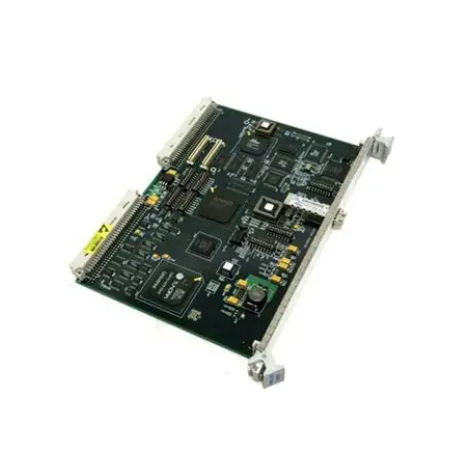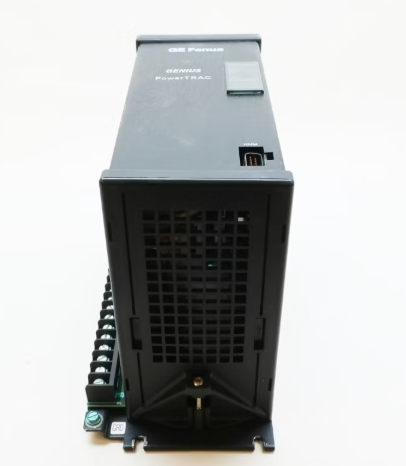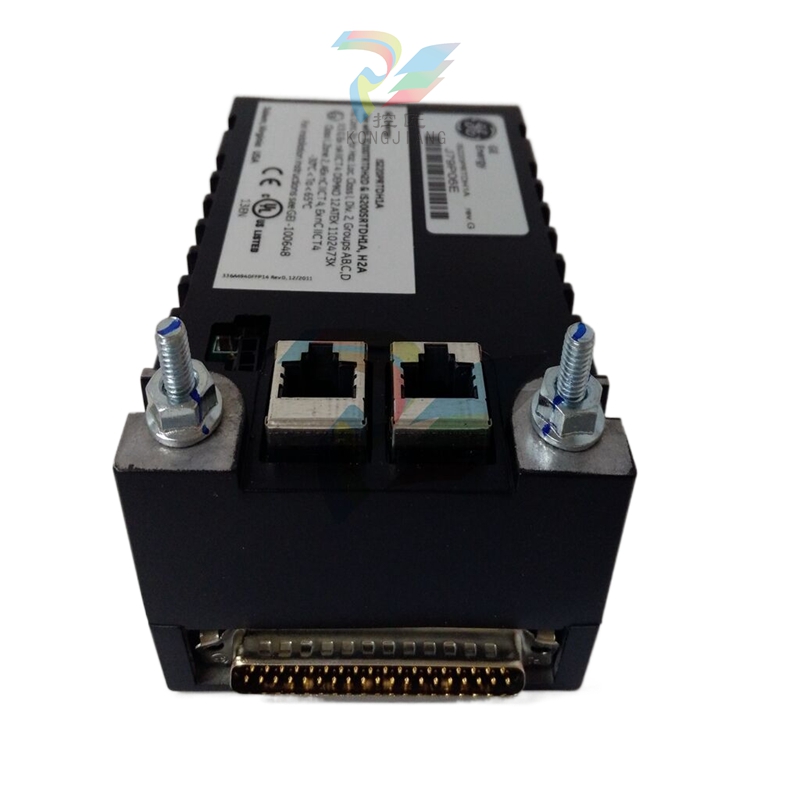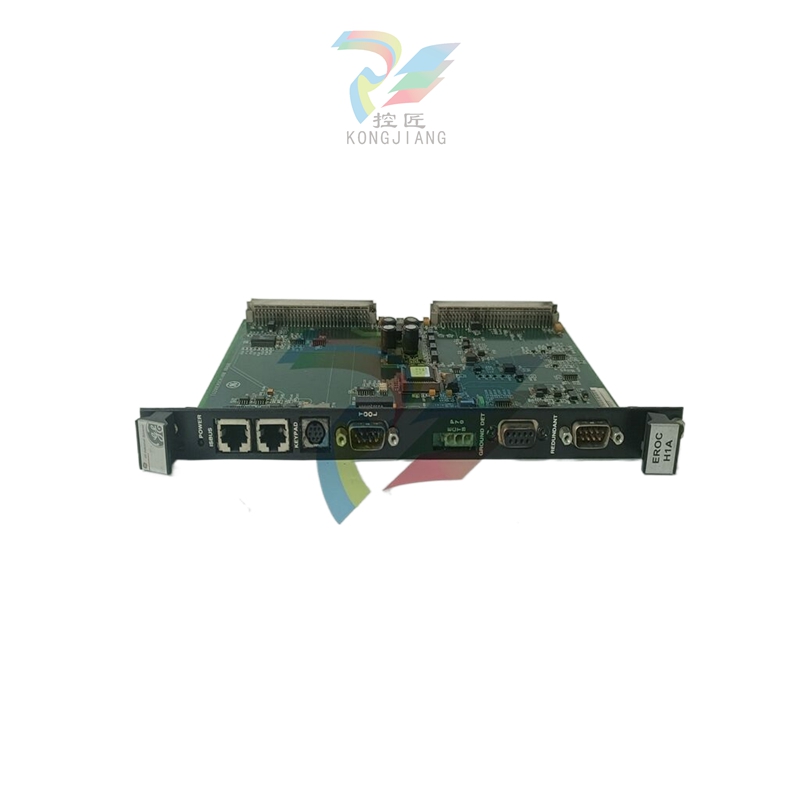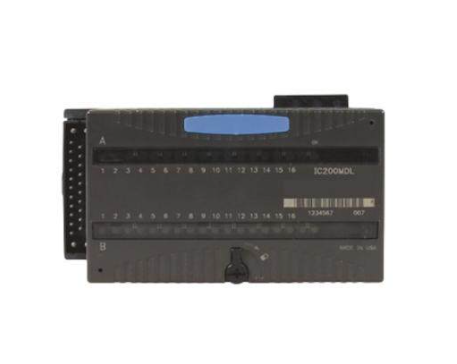Seventy years of great changes in the new era shoulder heavy responsibilities
6. Establish research institutes and universities. Soon, Shanghai, Beijing and other places have established printing technology research institute. In order to train printing professionals, the state began to set up printing majors from the 1950s, and Shanghai Publishing and Printing College (1953) and Beijing Printing College (1958) were founded in succession during this period.
Beijing Printing Institute, the original culture college printing department internship factory
On a rather weak foundation, after 17 years of efforts, we not only ensured the demand for the printing industry in the construction of the political power, but also established a basically complete industrial system in the layout of enterprises and the national management level; A management system has been formed in which the General Administration of Publications is in charge of publication and distribution, the Light Industry Department is in charge of non-publication printing and papermaking, the first Machinery Department is in charge of printing equipment, and the Chemical Industry Department is in charge of ink (printing equipment).
Twenty or ten years of internal strife, hard to move forward
(1966-1976)
At that time, the management of enterprises fell into a serious state of confusion, taking the Beijing book printing industry as an example, its total industrial output value in 1970 was only 77% of that in 1965.
During the ten years of civil unrest, the majority of cadres and workers in the national printing industry struggled against the retrogression of the far-left line, and insisted on the production and operation of the printing industry, technological progress, the construction of backbone enterprises, and major technology research and development projects, which made a difficult start and carried forward under very difficult conditions. During this period, two things are particularly noteworthy:
First, the backbone of printing equipment manufacturing has been enhanced. From the late 1960s to the early 1970s, the printing machinery industry built two new large-scale professional manufacturing plants, and expanded and rebuilt eight medium-sized professional manufacturing plants. At this point, China's printing machinery manufacturing industry has initially formed four large-scale professional factories and more than ten medium-sized professional factories as the main body of professional manufacturing backbone forces with Beijing People's Machinery Factory, Shanghai People's Machinery Factory, Shaanxi Printing Machinery Factory, Hunan Printing Machinery factory. In 1973, the State Publishing Administration and the Ministry of First Machinery, the Ministry of Light Industry and the Ministry of Chemical Industry jointly formulated the "1974-1975 Printing Technology Transformation Plan" and proposed the development of 28 new product trial production tasks. This plan has received the attention of the State Planning Commission of The State Council. Among the 28 new products, such as high-speed newspaper rotary press, B-B offset press, wireless hot melt binding machine, hardcover book linkage production line and other general mechanical products were completed as scheduled, while 10 products such as electronic color separation machines with more complex technology and high degree of automation, such as electronic and optical products, failed to complete the trial production task. The completion of some new product trial production tasks laid a certain material foundation for the rapid development of China's printing industry in the 1980s.
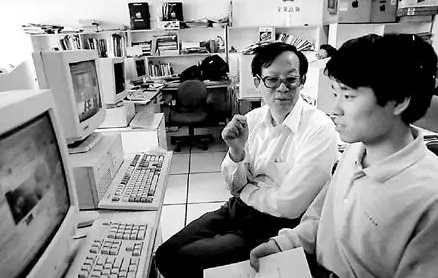
The domestic monochrome proof press in the 1970s
In the 1970s, a large number of domestic two-color offset presses, full-sheet monochromatic letterpress rotary machines and book rotary machines were put into production. Many large and medium-sized printing plants in Beijing have purchased a large number of such equipment, and printing production has begun to change from low speed to high speed, monochrome to two-color. On December 6, 1973, the first color newspaper of the People's Daily was successfully printed and officially issued on January 1 of the following year. Color newspaper printing in China took its first step.
Second, the 748 project (Chinese character information processing system project) started. In August 1974, the Ministry of the fourth machinery, the Ministry of the first machinery, the Chinese Academy of Sciences, Xinhua News Agency, the State Publishing Administration five departments jointly submitted to the State Planning Commission and The State Council "on the development of Chinese character information processing system engineering request Report", requesting the Chinese character computer information processing project included in the national key scientific research project plan. This report has been highly valued by The State Council and the State Planning Commission. Premier Zhou Enlai of The State Council and Director of the State Planning Commission Yu Qiuli listened to the project report.
In September 1974, the State Planning Commission approved the letter No. 448 (74), agreeing to include the Chinese character information processing project in the national science and technology development plan, and tasked the fourth machine Department to be responsible for the specific organization and implementation, set up a special office in the fourth machine Department, and the Electronics Department appointed Guo Pingxin as the director of the office. The project was announced in August 1974 and is known as "Project 748". Since then, "748" has not only become an important milestone in the development history of China's printing technology, but also an important historical turning point in the development of China's computer information industry. "748 Project" opened the prelude to the second revolution in printing technology in China. Since 1975, Professor Wang Xuan has been engaged in the "748 project", that is, the development of Chinese character information processing system.
- EMERSON
- Honeywell
- CTI
- Rolls-Royce
- General Electric
- Woodward
- Yaskawa
- xYCOM
- Motorola
- Siemens
- Rockwell
- ABB
- B&R
- HIMA
- Construction site
- electricity
- Automobile market
- PLC
- DCS
- Motor drivers
- VSD
- Implications
- cement
- CO2
- CEM
- methane
- Artificial intelligence
- Titanic
- Solar energy
- Hydrogen fuel cell
- Hydrogen and fuel cells
- Hydrogen and oxygen fuel cells
- tyre
- Chemical fiber
- dynamo
- corpuscle
- Pulp and paper
- printing
- fossil
- FANUC
- Food and beverage
- Life science
- Sewage treatment
- Personal care
- electricity
- boats
- infrastructure
- Automobile industry
- metallurgy
- Nuclear power generation
- Geothermal power generation
- Water and wastewater
- Infrastructure construction
- Mine hazard
- steel
- papermaking
- Natural gas industry
- Infrastructure construction
- Power and energy
- Rubber and plastic
- Renewable energy
- pharmacy
- mining
- Plastic industry
- Schneider
- Kongsberg
- NI
- Wind energy
- International petroleum
- International new energy network
- gas
- WATLOW
- ProSoft
- SEW
- wind
- ADVANCED
- Reliance
- YOKOGAWA
- TRICONEX
- FOXBORO
- METSO
- MAN
- Advantest
- ADVANCED
- ALSTOM
- Control Wave
- AB
- AMAT
- STUDER
- KONGSBERG
- MOTOROLA
- DANAHER MOTION
- Bently
- Galil
- EATON
- MOLEX
- Triconex
- DEIF
- B&W
- ZYGO
- Aerotech
- DANFOSS
- KOLLMORGEN
- Beijer
- Endress+Hauser
- MOOG
- KB
- Moxa
- Rexroth
- YAMAHA
- Johnson
- Westinghouse
- WAGO
- TOSHIBA
- TEKTRONIX


Email:wang@kongjiangauto.com


















































































































